Latest All-American Ads book turns to the 2000s
The latest instalment in Taschen’s series of books of US print ads focuses on the first ten years of the 2000s and highlights our emerging digital culture
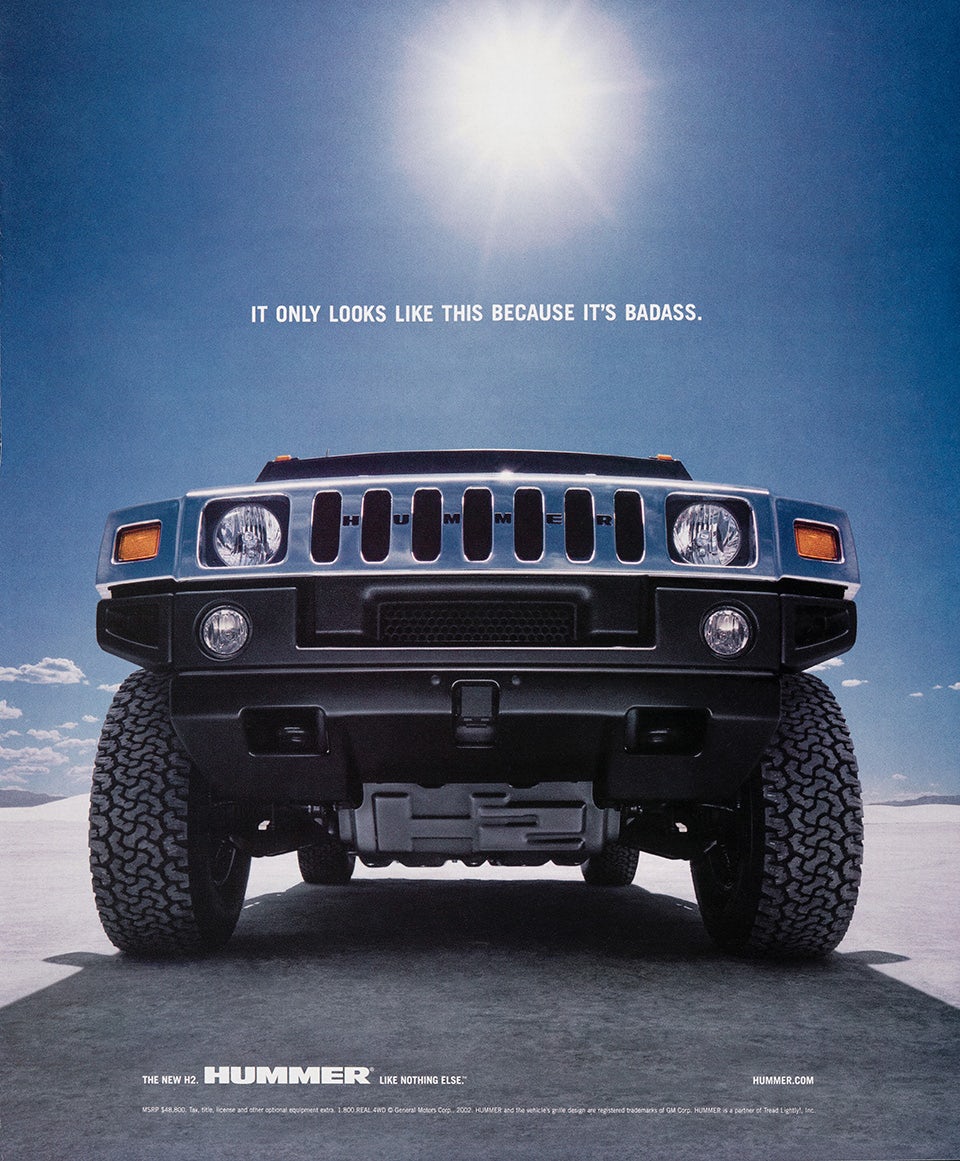
All-American Ads of the 2000s continues editor Jim Heimann’s series that has surveyed the US print advertising landscape of each decade since the 1920s, including a special edition on the period 1900-1919.
His latest book on the early 2000s is introduced by Steven Heller, who from the opening line of his ominously titled essay ‘The Beginning of the End’ doesn’t mince his words. It was during the ‘aughts’ or ‘noughties’, he says, that “the industry began its creative decline”.
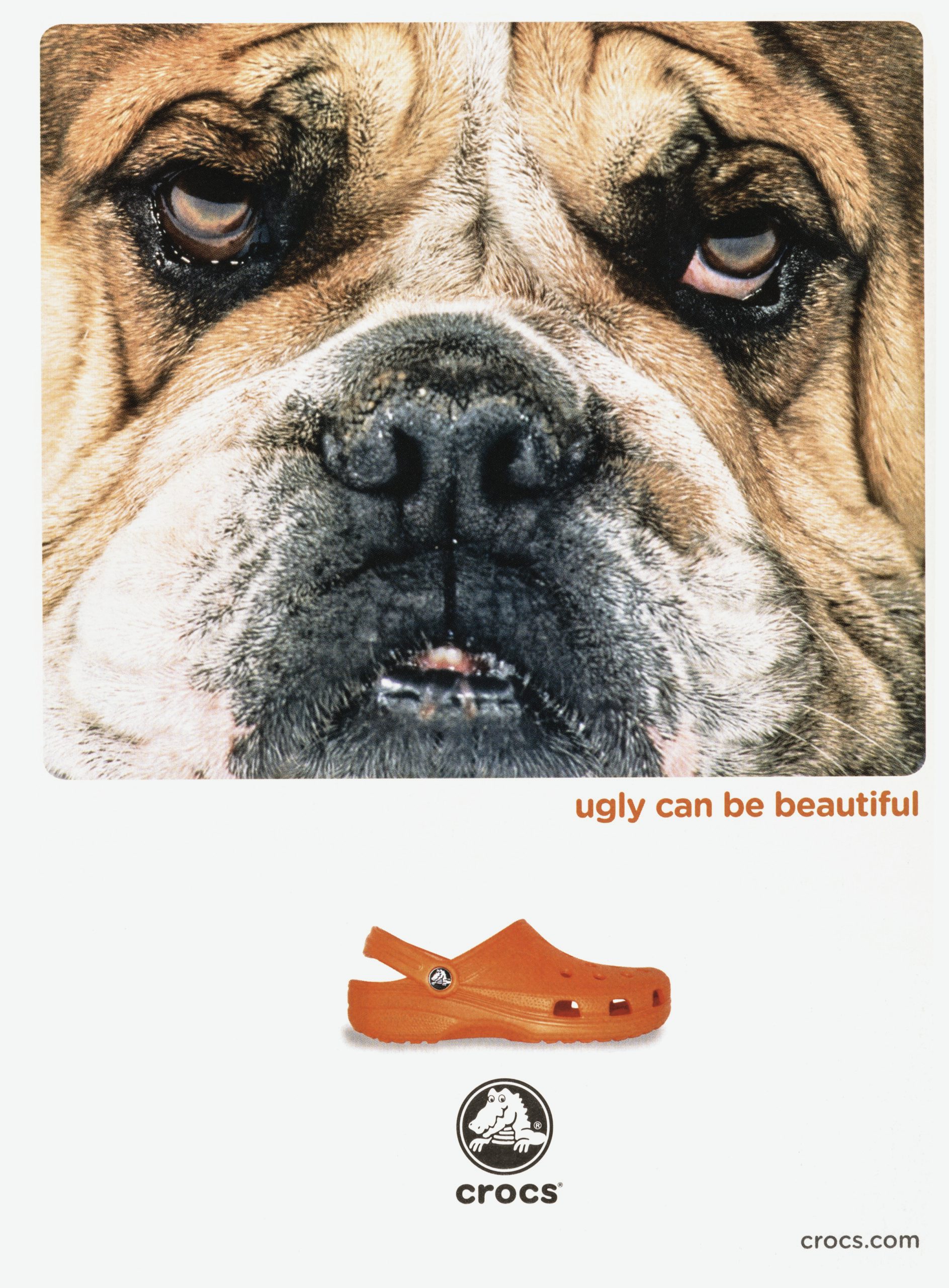
This first decade can be considered “a last gasp before traditional advertising across all media transformed into something ‘other’,” he adds, musing that as the digital landscape was taking off, the rise of social media was just about to change advertising’s “form, content, distribution and reception” forever. And with twenty-plus years distance, many of the print ads collected here now look alarmingly of their time.
While they arrived amid upheaval within print advertising itself (with traditional outlets like magazines and newspapers in decline), this occurred during a particularly turbulent political and ecological climate. Heller says this perfect storm “reduced the incentive of advertisers to take chances on untried ideas”.
There were also huge shake-ups in the tech industry (the start-up boom went bust), but while the digital world continued to encroach, its advertising hadn’t quite come into its own.
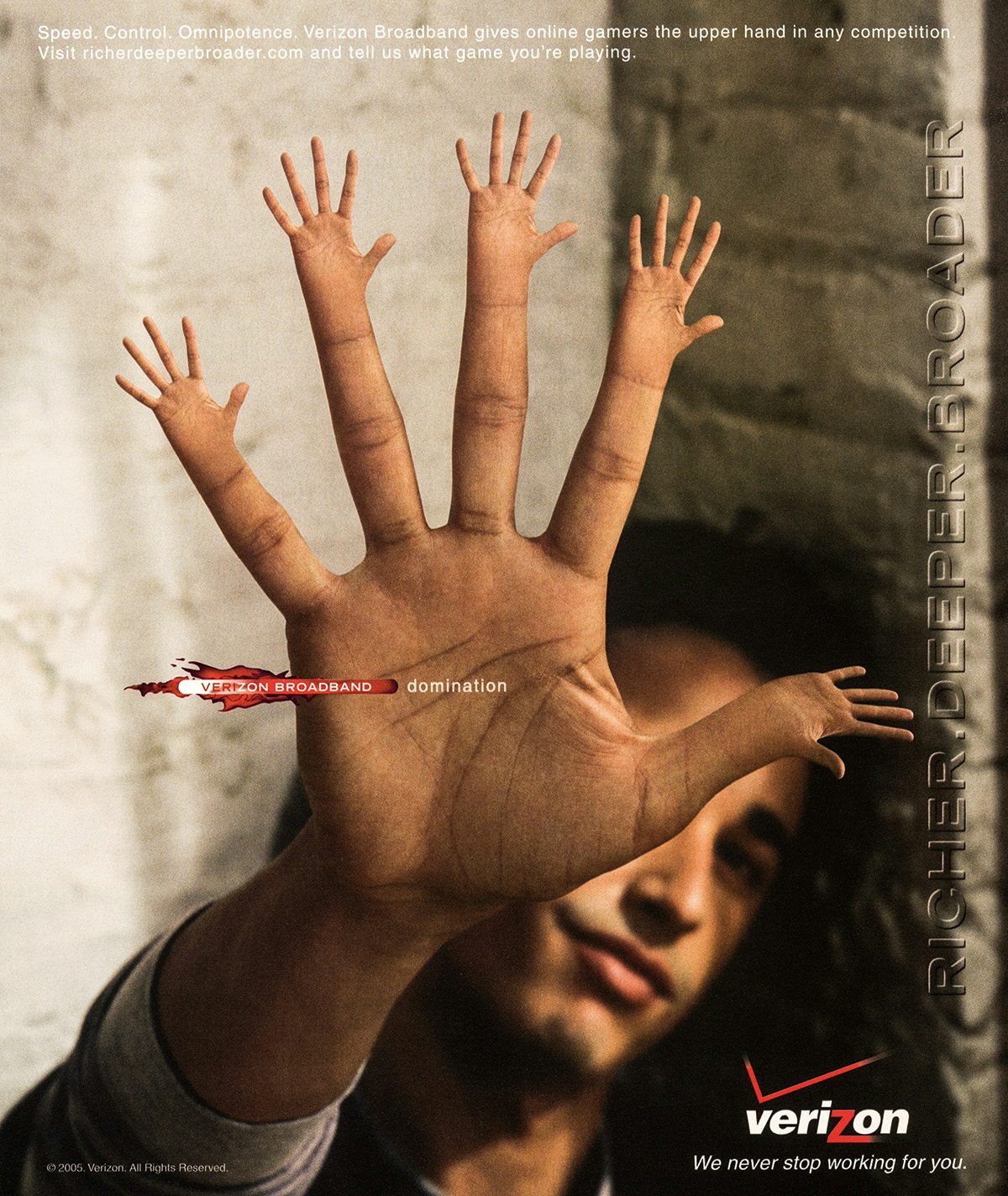
Amid the rise of eBay and Amazon, what do we really remember, Heller asks, from the comms of Panasonic, Palm, Blackberry, Razr and all the other brands who only showed “a product – not an idea – and sometimes a requisite celebrity holding or using it”?
It took Apple to change things, and while the book’s ten chapters survey ads for everything from food and fashion to entertainment, travel and automobiles, it’s the tech company’s work in the early 2000s that stands apart, aesthetically and attitudinally.
Seen again, Apple’s iPod campaign which TWBA\Chiat\Day launched in 2001, using bold, flat colours and people in silhouette, looks daring in its simplicity (the examples shown in the book are from 2003 and 2005, proving that Apple didn’t need to change the look that much). Compare these efforts to the Windows XP ad from 2005 and you can see how the Apple vs PC TV spots evolved out of this stark creative rivalry.
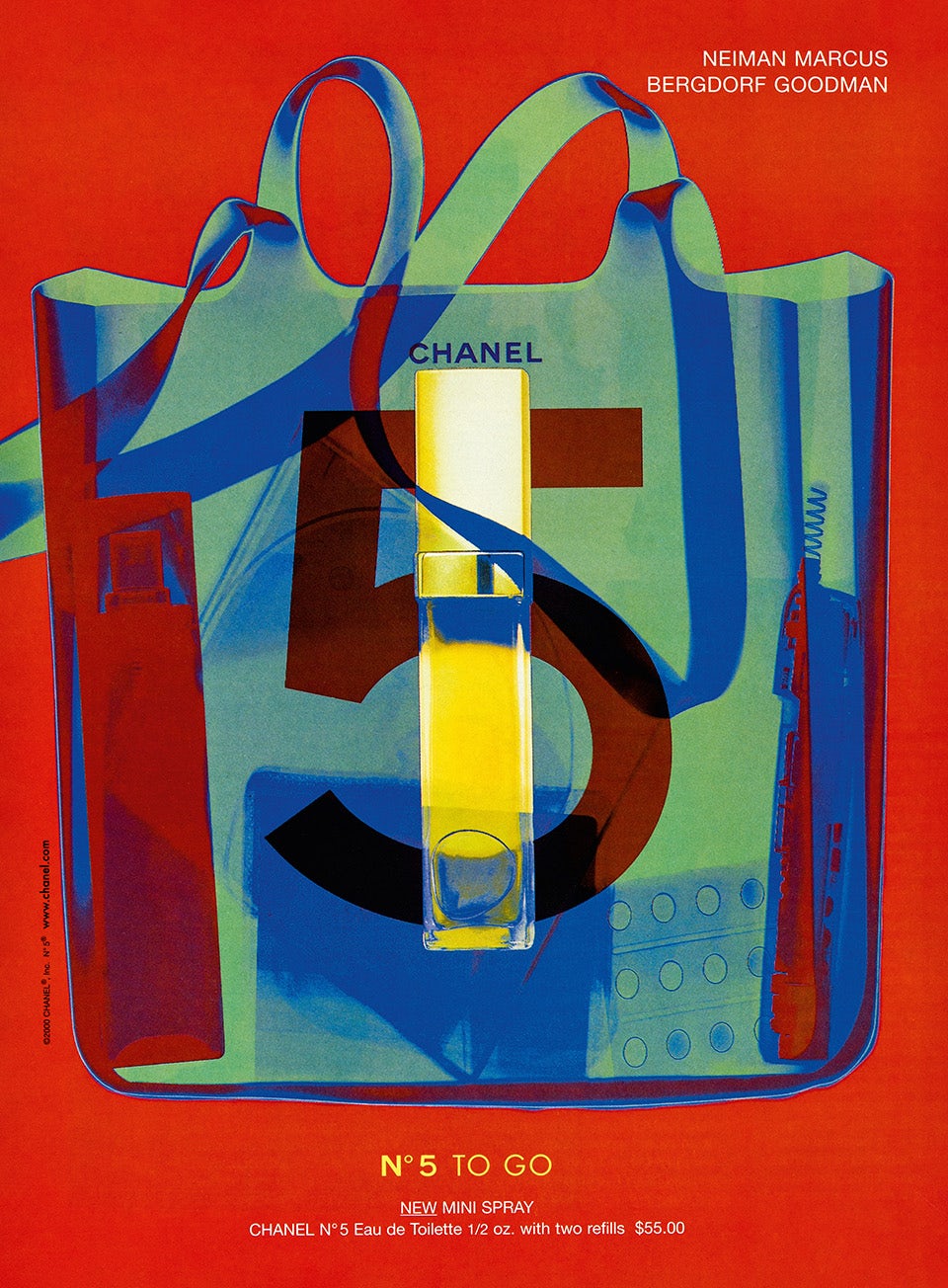
Amid the range of car ads, it’s the cleverly art directed examples for VW, where the car is in the background of a shot loaded with foreground interest (‘Drivers Wanted’, 2001), that stand out. They too have a fairly simple idea at heart, which is likely the reason why they still work two decades on.
In contrast, escapist fantasies seemed to take over much of the photography used in the fashion advertising of the day, though some more eccentric work for Reebok Classics diverts the eye. Celebrity endorsements also feature heavily, as do many familiar characters from the small screen (The Sopranos, Mad Men, Breaking Bad, for example), while the reality TV stars are starting to emerge.
Looking back at the visual culture of any previous decade, while one knows where things are heading, the effect of seeing things in aspic can be both enjoyable and alarming. Here, there are future-proofed treasures, which clearly took a chance on those “untried ideas”, and some rather dated howlers, alike.
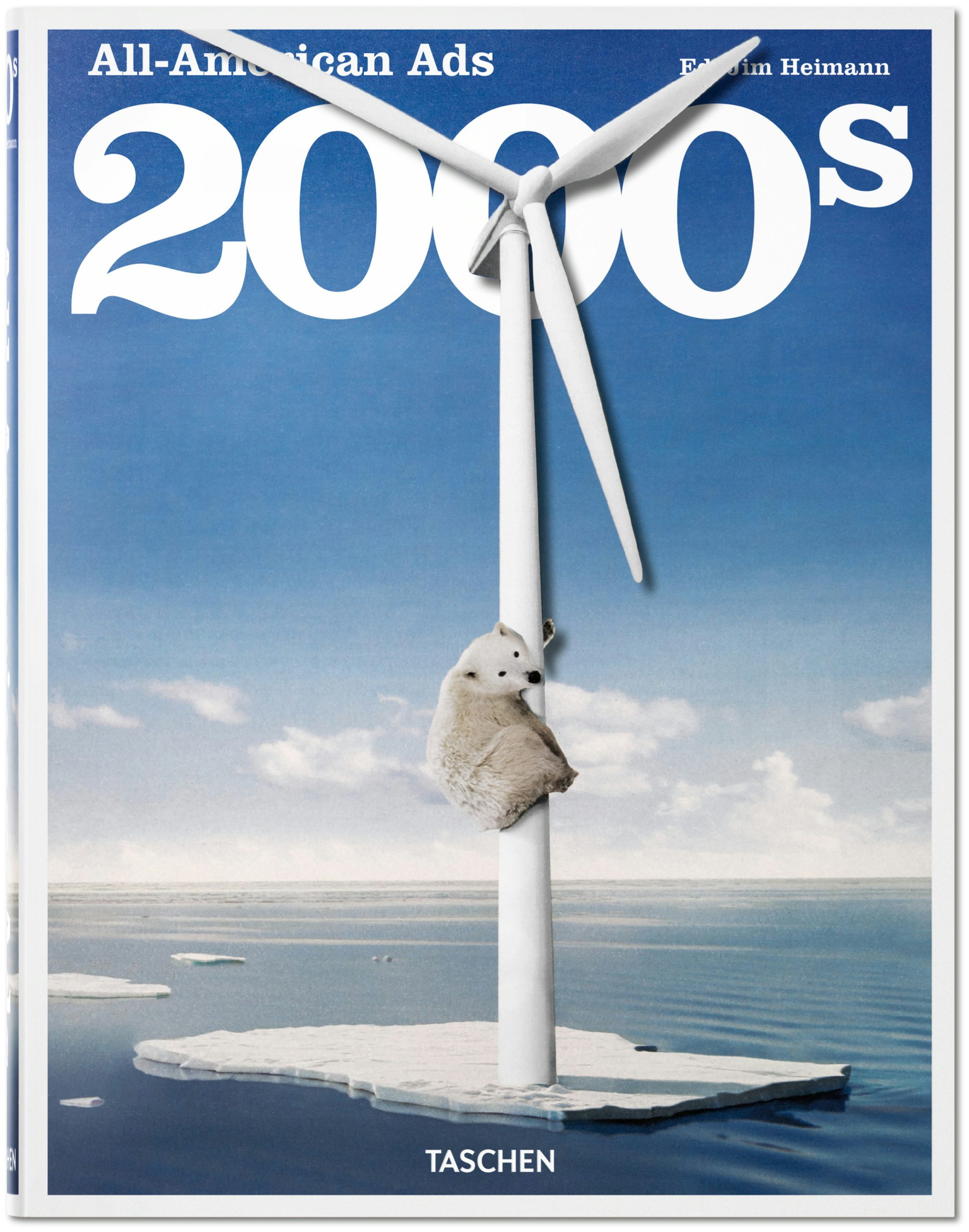
All-American Ads of the 2000s is published by Taschen; taschen.com









